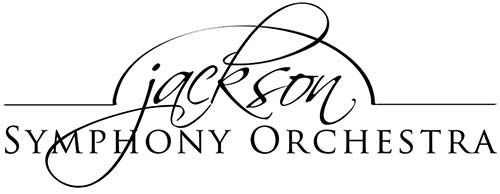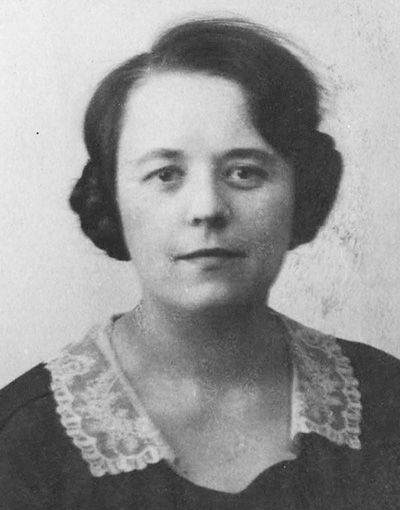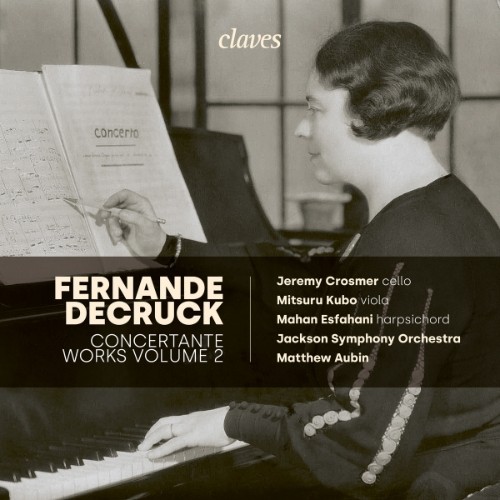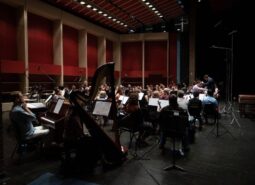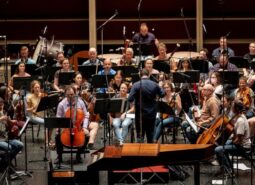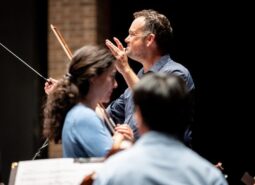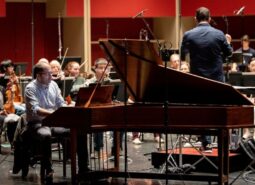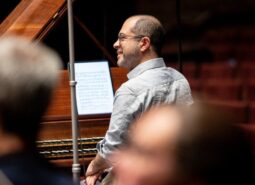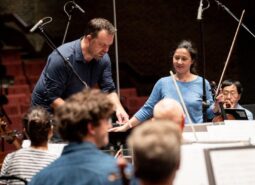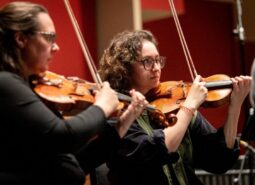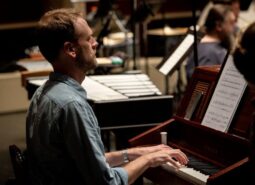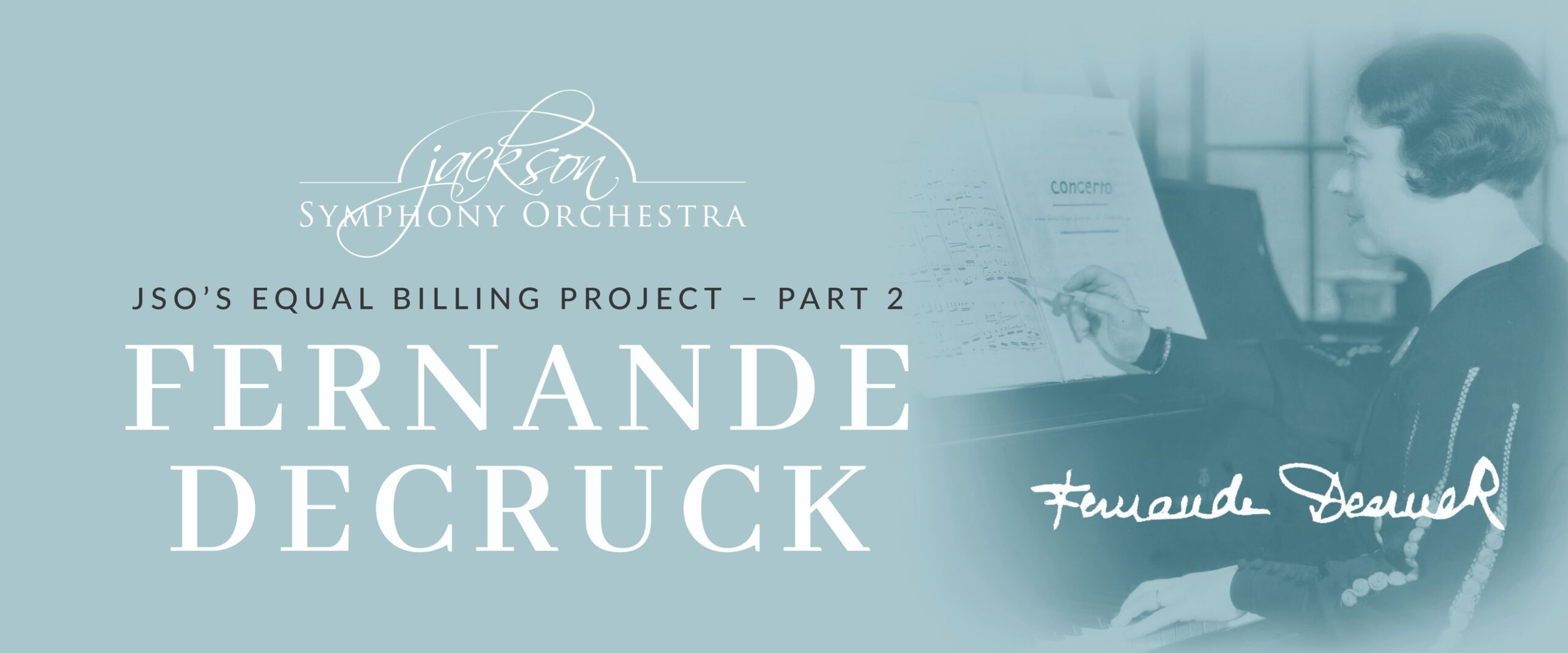
OVERVIEW
In its second round of the Equal Billing Project, the Jackson Symphony Orchestra recorded its second album featuring composer Fernande Decruck in June of 2023. Under the leadership of Matthew Aubin and joined by soloists Jeremy Crosmer (cello), Mahan Esfahani (harpsichord), and Mitsuru Kubo (viola), four unrecorded concerti by Fernande Decruck were brought to life.
Album Release Date: March 7, 2025
LISTEN
PRESS
Recipient of the prestigious Diapason Découverte award from Diapason magazine, a leading French publication recognizing outstanding new classical recordings.
“Aubin has unearthed and revived many of Decruck’s works… Her music is long overdue for the spotlight.”

“A rich and undiscovered personality… this musical discovery is a joy.”

MATERIAL
Concerto pour violoncelle et orchestre
Sonate en ut# pour alto saxophone (ou alto) et orchestre
Les clochers de Vienne : Suite de Valses <1935>
Suite pour clavecin ou piano et orchestre <1946>
PERSONNEL
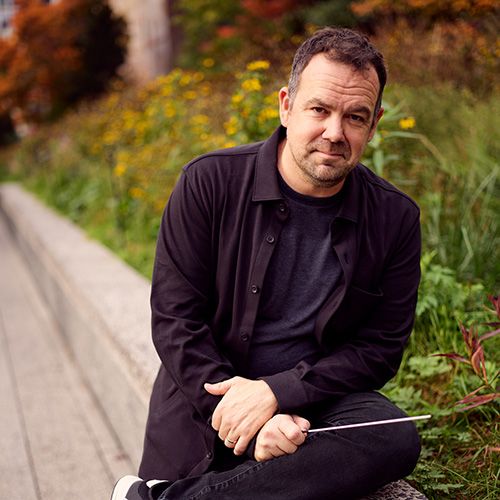
MATTHEW AUBIN
Conductor
A sought-after leader in today’s orchestral landscape, Dr. Matthew Aubin cultivates musical excellence through an innovative, community-minded, and inclusive approach.
Dr. Aubin currently serves as Music Director of the Jackson Symphony Orchestra, Music Director of the Southwest Michigan Symphony Orchestra, and Artistic Director of The Chelsea Symphony. In his role at TCS, he has led highly visible collaborations with partners such as actor John Lithgow, award-winning television series Mozart in the Jungle, and the American Museum of Natural History in New York City. Dr. Aubin has played a principal role in the initiation and development of The Chelsea Symphony’s annual competition for emerging composers with high profile adjudicators such as Conductor Laureate of the Seattle Symphony and music director of the All-Star Orchestra, Gerard Schwarz. Dr. Aubin has led TCS in their Lincoln Center debut and conducted the New York City premieres of works by Mark O’Connor, Fazil Say and Caroline Shaw, among others.
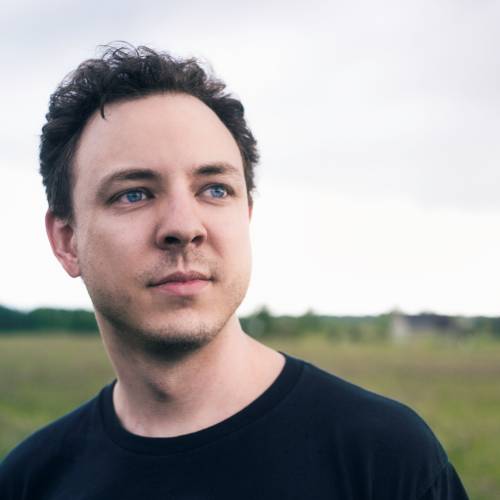
JEREMY CROSMER
Cello
Jeremy Crosmer is a remarkable young artist, both as a cellist and a composer. Crosmer completed multiple graduate degrees from the University of Michigan in cello, composition and theory pedagogy, and received his D.M.A. in 2012 at age 24. From 2012 to 2017 he served as the Assistant Principal cellist in the Grand Rapids Symphony, and joined the Detroit Symphony Orchestra in May of 2017. He is the composer and arranger for the GRS Music for Health Initiative, which pairs symphonic musicians with music therapists to bring classical music to hospitals. In March of 2017 the Helen DeVos Children’s Hospital launched a music channel which runs continuously, using four hours of meditative music composed by Crosmer and performed by musicians of the GRS.
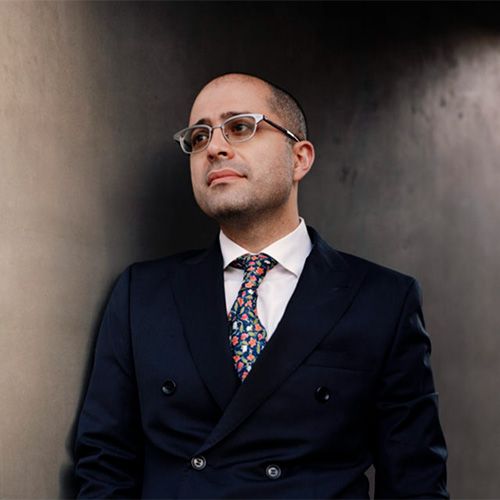
MAHAN ESFAHANI
Harpsichord
Since making his London debut in 2009, Mahan Esfahani has established himself as the first harpsichordist in a generation whose work spans virtually all the areas of classical music-making from critically-acclaimed performances and recordings of the standard repertoire to working with the leading composers of the day to pioneering concerto appearances with major symphony orchestras on four continents. He was the first and only harpsichordist to be a BBC New Generation Artist (2008-2010), a Borletti-Buitoni prize winner (2009), a nominee for Gramophone’s Artist of the Year (2014, 2015, 2017), and on the shortlist as Instrumentalist of the Year for the Royal Philharmonic Society Awards (2013, 2019).
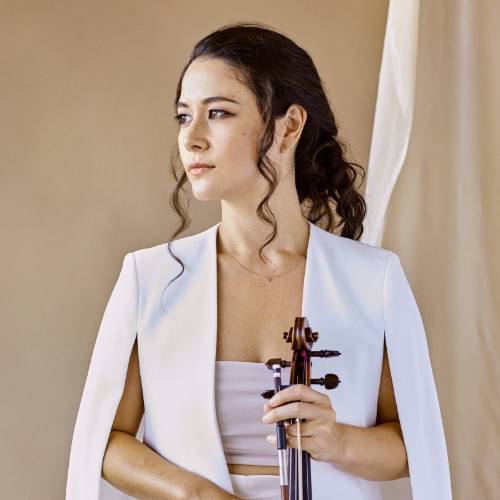
MITSURU KUBO
Viola
Mitsuru Kubo is a homegrown, dynamic musician. You could say she began studying music in the womb, while her mother studied piano performance in college. A native of Seattle, Mitsuru grew up in a home that revolved around music; she even lived with her first piano teacher – her mother! She rebelled against convention at the age of 7 by choosing the viola as her primary instrument. The highlight of her early musician life was as a devoted member of the Seattle Youth Symphonies, performing with them frequently at Benaroya Hall, Key Arena, Meany Hall, and Safeco Field.
JEREMY CROSMER INTERVIEW
MITSURU KUBO INTERVIEW
MAHAN ESFAHANI INTERVIEW
SPONSORSHIP LEVELS & BENEFITS
$5,000
- Letter from the soloist
- Option to meet the soloist
- and all below
$2,500
- Framed and signed commemorative poster
- Option to meet with Maestro Matthew Aubin
- and all below
$1,000
- Invitation to view the recording session
- and all below
$500
- Name listed on CD booklet
- Signed copy of the CD
- Project Success reports and updates
SPONSORS
- Matthew and Michelle Aubin
- Alain Decruck
- Jeanine Decruck
- Stephen and Shelby Foster
- William and Andrea Stickney – Soloist Sponsor, Jeremy Crosmer, cello
- Mark and Janie Buhr
- Michele Duvauchelle
- Ronald and Marvel Jones
- David and Patricia Eggert
- Marie Claudine Scott
- Tori Huang


